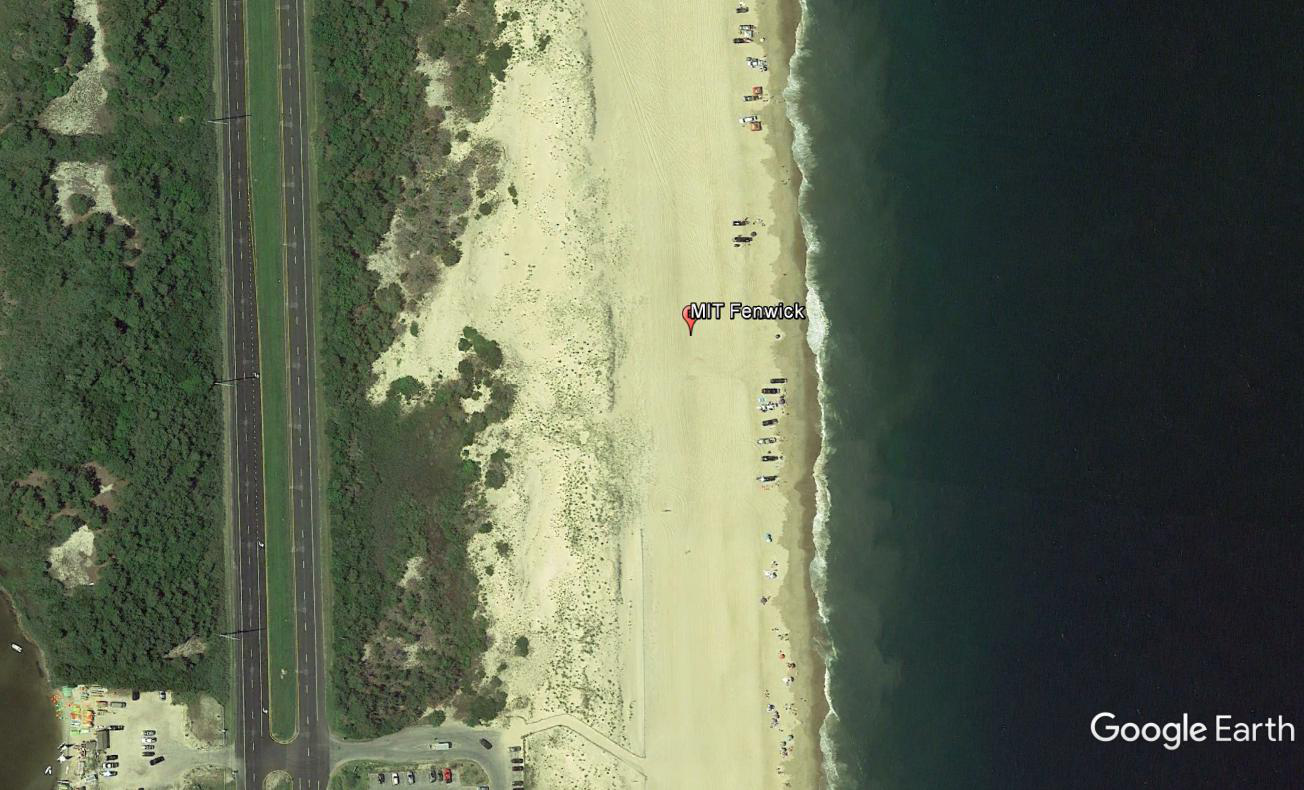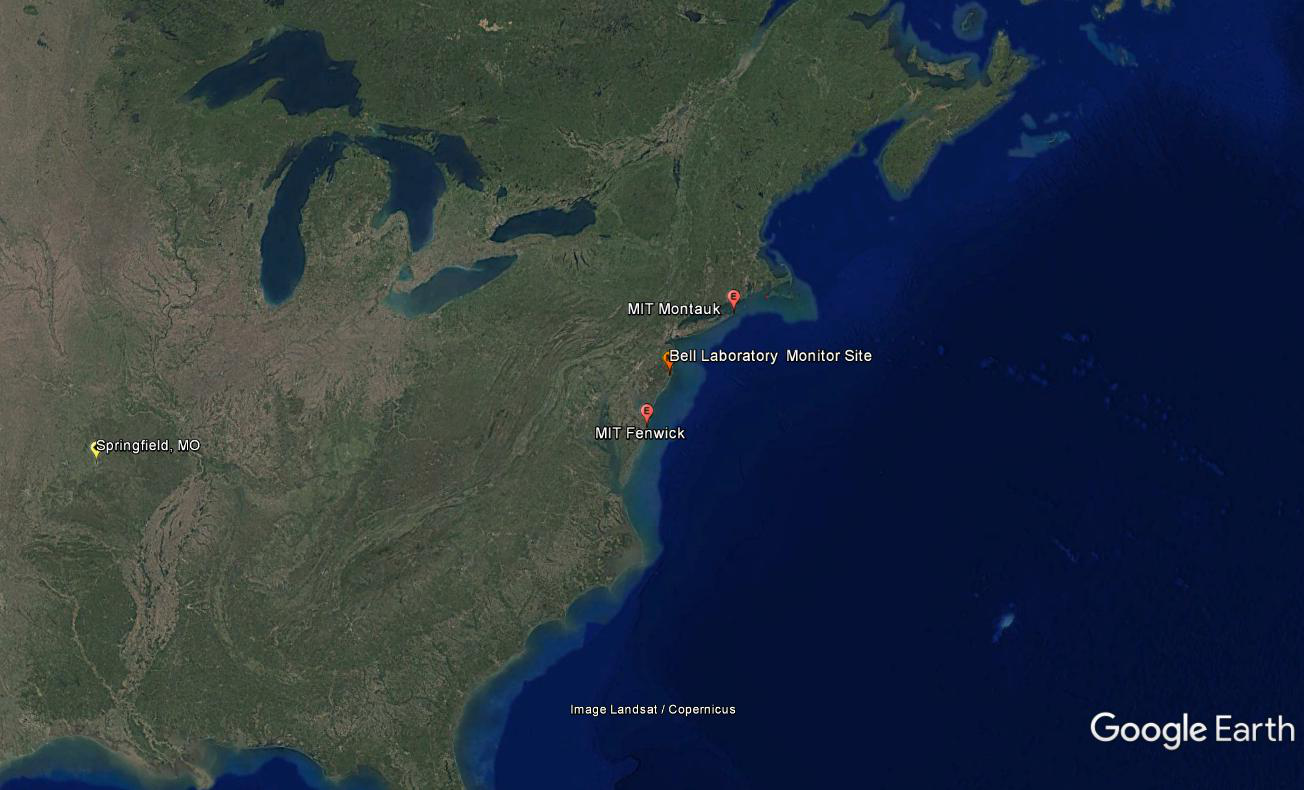LORAN STATION FENWICK ISLAND
38 28 25.02 N 75 2 59.1 W - 1901 topographical map
Coordinates based on 1901 topographical five minute map showing
the location of the LSS station.
Antenna
location is unknown, but would be close to the station.
06 Jun 2017, JJ
Fact Sheet
| Site Survey: | 1941 |
| Construction Date | Summer/Fall 1941 |
| Constructed by: | MIT |
| Established: | DEC 1941 |
| Disestablished: | FEB 1945 |
| Operated by: | MIT, DEC 1941 - 1943 |
| Chain: | NORTH ATLANTIC 1942 - 1945 |
| Station Letter designation: | 1L0, “F” |
| Station code name: | FOX |
| Station Unit Number: | 1941 - 1943 MIT Unit 01 |
| Station nickname: | |
| On-air testing date: | 1L0, DEC 1941 |
| Operational date: | 1L0, MAY 1942 MONTAUK POINT |
| Operations Ceased: | 1L0, 31 JAN 1945 |
| Station Operation: | Single SLAVE |
| Station pair: | MONTAUK POINT, DEC 1941 – 01 JUL 1943 |
| Loran Rate: | 1L0 |
| On-Air: | 1L0, DEC 1941 |
| Off-Air | 1L0, 312400Z 1945 |
| Monitor Rate: | |
| Equipment: | |
| Personnel Allowance: | |
| Miscellaneous: | 1 OCT 1942 - 16 hr daily North Atlanta service |
| Commanding Officers / Officers in Charge |
|
Documents
1901 Topographical Map with 5 minute grids - pdf file
Pictures
Used the 1901 coordinates.
The notables during the summer of 1941 first test:
The first test were to see if the signals were stable. They noted the higher frequencies were more stable in the daytime and the lower ones were more stable at night.
Reception was as far away as Springfield, MO.Montauk station to Springfiled was about 1175 miles and the Fenwick station to Springfield was about 1000 miles.
The monitor at Manhawkin, NJ only reported on signal quality, by phone. They did not synchronize the transmissions.
They noted that using a circular sweep scope was awkward, if not impractical.
In the late summer, A.J. Touch of the British Air Command visited the Radiation Lab. He described the GEE system in a cursory manner. He also assured MIT that accurate measurements to better than one microsecond was possible with portable equipment. He also hinted that a multiple trace indicator can provide a means to match pulses on delayed sweeps.
ref: CG at War IV: Loran Volume 1


